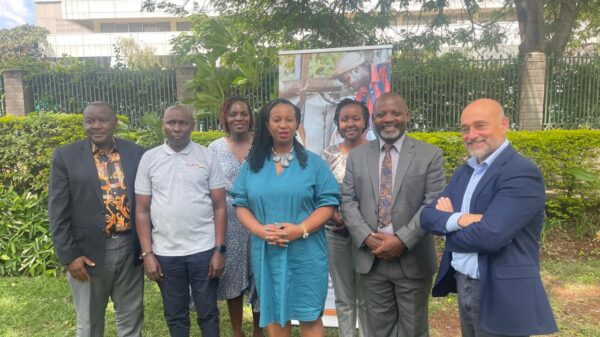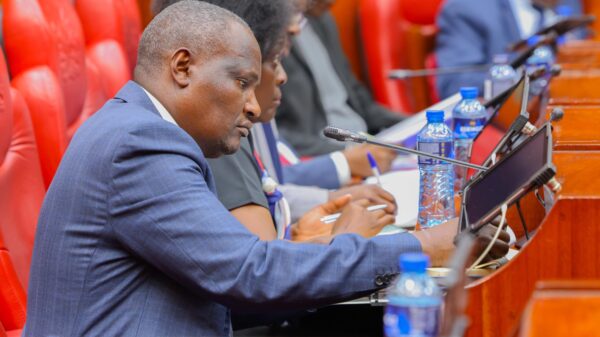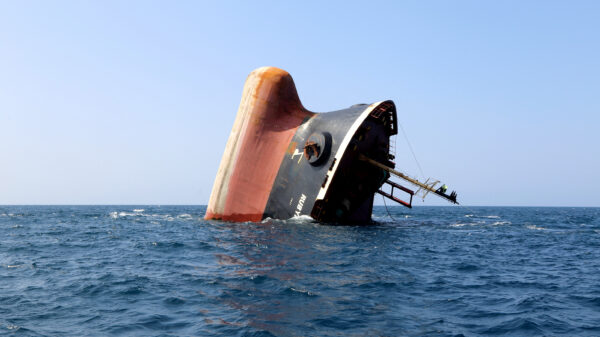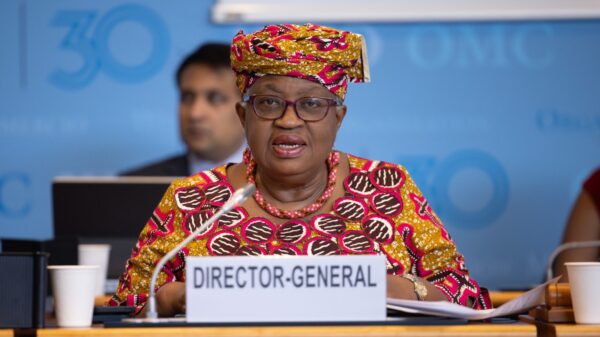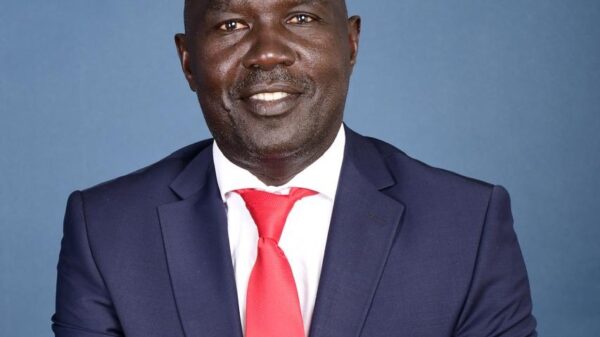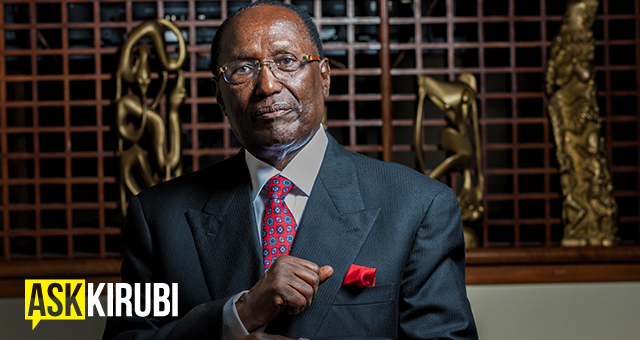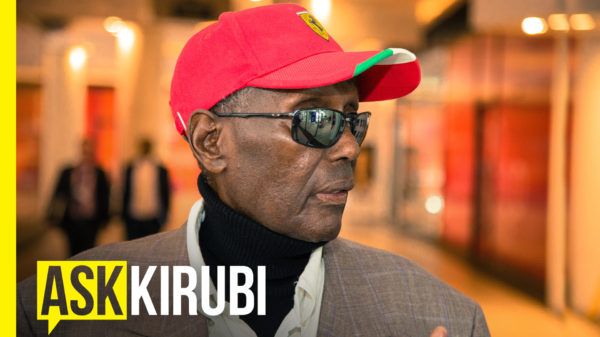NAIROBI, Kenya, Nov 16 – The Global Alliance for Livestock Veterinary Medicines (GALVmed) has partnered with the Kenya Veterinary Association (KVA) and the Ministry of Agriculture in a renewed national vaccination drive for ruminants, an effort expected to boost livestock productivity, lift farmer incomes, and expand Kenya’s access to regional and global markets.
The initiative aligns with the government’s mass vaccination programme targeting Foot and Mouth Disease (FMD) and Peste des Petits Ruminants (PPR), two major diseases that suppress production and limit Kenya’s export competitiveness. Vaccination coverage is currently estimated at below 10 percent.
According to the implementing organisations, raising coverage will cut losses, improve herd resilience, and help Kenya meet sanitary and traceability standards required by international buyers.
Lois Maragori of GALVmed said the collaboration signals a shift toward export-oriented livestock systems.
“We’ve gathered here today to have this multi-stakeholder meeting, which is bringing together participants involved in ruminant vaccination.
“The reason we are here is to look at how we can raise the national ruminant vaccination rate as the government works towards vaccinating 22 million cattle and 50 million sheep and goats.”
She said GALVmed’s five-year VITAL 2 programme—covering Kenya and two other African countries—aims to close the vaccination gap and strengthen commercially competitive livestock value chains.
David Kihuyu, Deputy Director in the Department of Veterinary Services, said improved animal health systems are critical for Kenya to reclaim markets previously inaccessible to local producers.
“We cannot fully execute our mandate without involvement of other key stakeholders from those disseminating information to vaccine producers, distributors and researchers.”
“Some of the diseases we eradicated are resurfacing, and that affects trade, animal movement, human health and Kenya’s access to international markets.”
He added that Kenya’s export ambitions require accurate disease reporting, traceability and animal identification — elements now integrated into the vaccination exercise.
Kenya Veterinary Association Council Chairman Nicholas Muyale said government-led coordination will be key to ensuring efficient production, distribution and field delivery of vaccines.
“This is the first government-organised multi-stakeholder meeting to bring together all actors in the livestock sector from vaccine production to distribution and use. Government is intervening to ensure coordinated participation and effective rollout of vaccination nationwide.”
Kenya aims to reach nearly 90 percent ruminant vaccination coverage under its progressive disease-control pathway, a milestone projected to unlock new export corridors in the Middle East, South America, West Africa and the Indian Ocean region.
The partners say improved vaccine coverage will stabilise production, widen market access and support pastoral and smallholder households whose livelihoods depend heavily on livestock.

